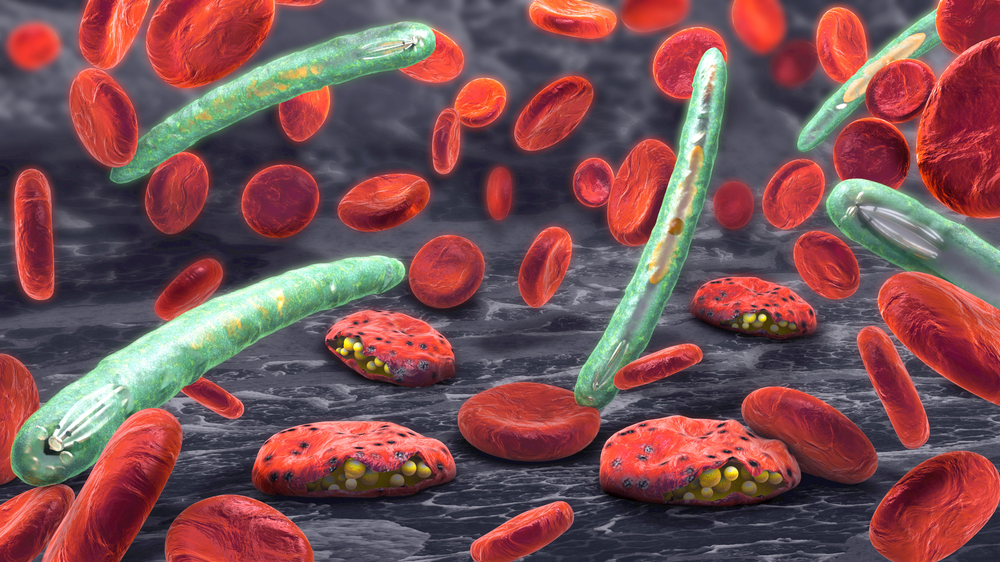
In the fight against malaria, researchers are examining high-resolution images to chart the progress and burden of the disease on a geographic scale.
The research was conducted over two separate studies from 2000 to 2017. They were led by the Malaria Atlas Project (MAP), in collaboration with the University of Washington’s Institute for Health Metrics and Evaluation (IHME). While their forebears provided significantly more limited dataset of a single year at a time, they were able to paint a better picture of the places where the need for intervention is greatest.
“Understanding the distribution of malaria is crucial for fighting the disease,” Dr. Peter Gething, lead author, professor of Epidemiology at the University of Oxford and director of MAP, said. “We’re constantly working to pull in more data and improve modeling strategies so that we can provide the best tools available for people around the world working to eradicate malaria.”
That data showed that Venezuela has the highest prevalence of malaria in the Americas. It also identified the multitude of troubles plaguing attempts to crackdown on the disease’s spread, from political instability to habitat change, growing drug resistance, and shifts in funding. IHME estimates that another $2 billion would be needed to meet the World Health Organization’s (WHO’s) spending target for fighting malaria — and that would only spur minimal gains.
“We can’t get complacent now on malaria eradication,” Dr. Simon Hay, director of the Local Burden of Disease project at IHME and founder of MAP, said. “There’s been a lot of progress, but in many areas, there are still obstacles to overcome. These maps help make the case for continued commitment of resources and expertise to defeating a disease that has harmed and killed millions. With precise data, we can identify where support for prevention, diagnosis, and treatment can make the biggest difference.”
These efforts were funded by the Bill and Melinda Gates Foundation and the Wellcome Trust, and their results published in The Lancet.




